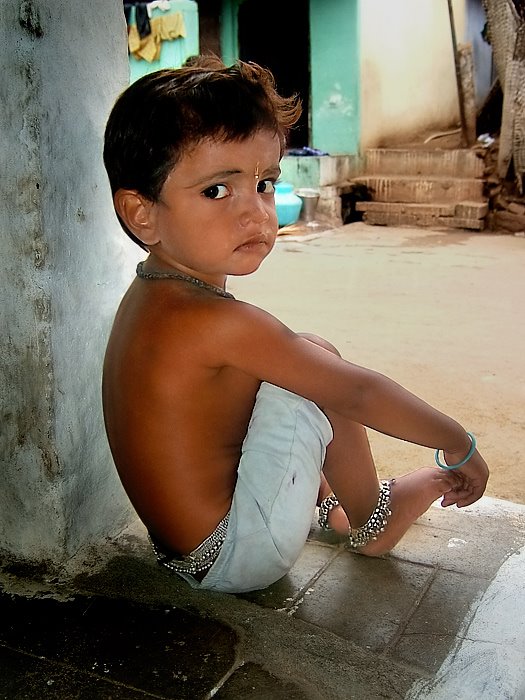2006年2月12日星期日
Italy’s Po River Punished for centuries by destructive floods, northern Italians stubbornly embrace their nation’s longest river, which nurtures rice
Although the Po is known to every Italian schoolchild as the country’s longest river, at 405 miles (652 kilometers) long and 1,650 feet (503 meters) across at its widest point it’s a mere rivulet compared with the Nile or the Yangtze. But size is not the story. The Po’s waters, fed by 141 tributaries draining a catchment basin of 27,000 square miles (70,000 square kilometers), created the Val Padana, the plain that stretches across northern Italy from the French border on the west to the Adriatic Sea on the east. More than 16 million people—nearly a third of all Italians—live in this fertile expanse, some of the most heavily cultivated land in Europe. Their settlements range from Turin, a major manufacturing town and headquarters of Fiat, the automotive conglomerate, to some of the country’s most beautiful and historic towns: Piacenza, Pavia, Cremona, Mantova, and Ferrara. Il grande fiume, the great river, is clearly worthy of respect, if not, it would seem, affection.
Still, for everything the Po may have done to man, man has done at least as much to it. Nearly 25 percent of the land along its banks has been denuded of natural vegetation to make way for sterile plantations of poplars harvested for cellulose; the river is dammed for hydroelectric power and tainted by agricultural and industrial chemicals, to say nothing of the daily effluent from Milan, a city of 1.3 million—with no sewage treatment plant—situated on two of the Po’s tributaries. (Ironically, another city of its size reprimanded by the European Environment Agency for its sewage problem is Brussels, seat of the European Union.) The illegal gouging out of 33 million cubic yards (23 million cubic meters) of sand and gravel every year for construction has left huge holes in the riverbed, some of its natural meandering curves have been straightened to aid navigation, and more than half its total length is immured by man-made earthen embankments called argini that protect towns and fields, all of which have only made the Po’s floods fiercer and more disastrous.
Yet beneath the incessant recitation of the river’s real problems you can discern murmurs of love. They are like the wordless voice of the river itself, a sound that is half water, half wind, or like the tiny ripples that are caused not by the breeze on the surface but by the undulations of the hidden riverbed far beneath. “There are people who are rooted in the Po,” one man told me, “so that even if he hits you, you turn the other cheek.” This passion for the river is the story.
订阅:
博文评论 (Atom)


没有评论:
发表评论